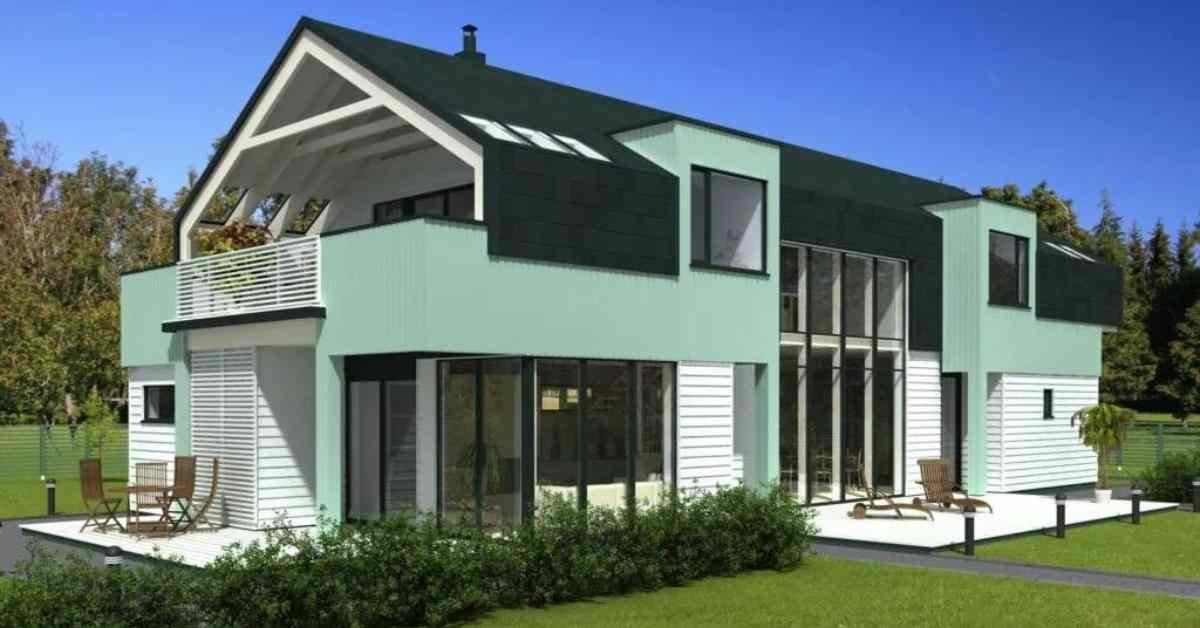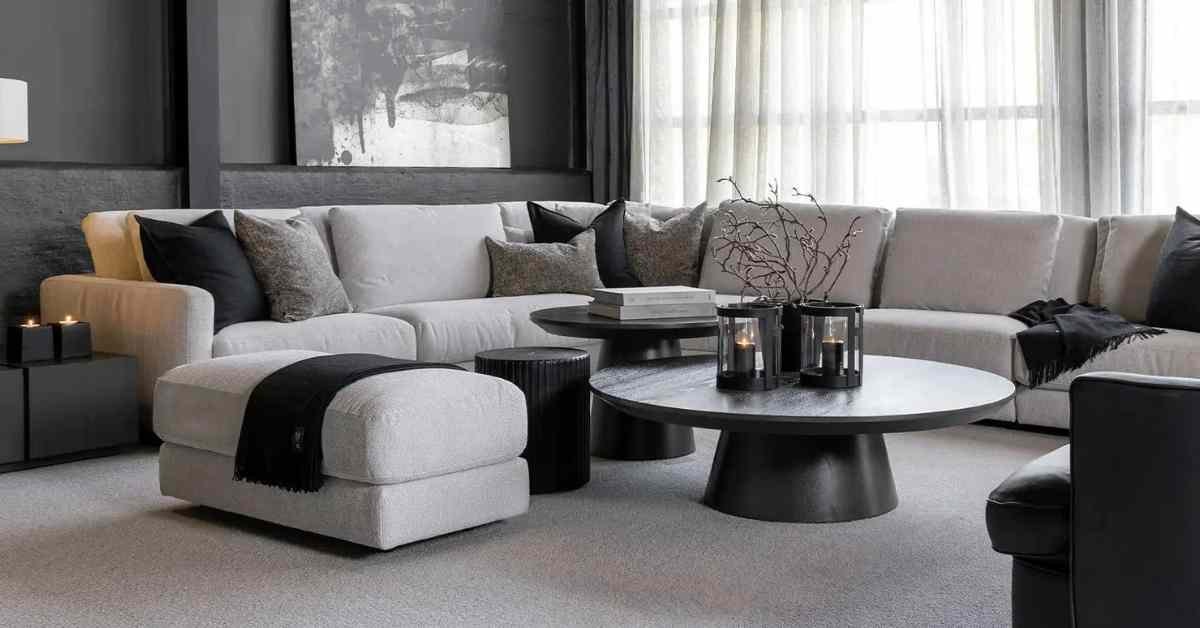Introduction
Unfinished kitchen cabinets present a unique opportunity for homeowners and designers to create a personalized kitchen space. Unlike pre-finished cabinets, which come with a factory-applied stain or paint, unfinished cabinets are sold without any surface treatment. This allows for greater flexibility in customizing the color, finish, and overall look to match specific design preferences. This article delves into the world of unfinished kitchen cabinets, exploring their benefits, types, materials, finishing options, and tips for choosing and maintaining them.
Benefits of Unfinished Kitchen Cabinets
- Customization: One of the most significant advantages of unfinished kitchen cabinets is the ability to customize them completely. Homeowners can choose the exact stain, paint, and finish that matches their kitchen’s decor, ensuring a cohesive and personalized look.
- Cost-Effectiveness: Unfinished cabinets can be more affordable than pre-finished options. Since you’re not paying for the factory-applied finish, you can allocate your budget towards higher-quality materials or other kitchen upgrades.
- Versatility: These cabinets can fit any kitchen style, from rustic to modern. By choosing your own finish, you can adapt them to contemporary trends or timeless designs.
- Quality Control: When you finish the cabinets yourself, you have complete control over the quality of the work. This can be particularly important for homeowners who have a keen eye for detail and want to ensure that every aspect of their kitchen meets their standards.

Types of Unfinished Kitchen Cabinets
- Stock Cabinets: These are mass-produced cabinets that come in standard sizes and styles. They are the most affordable option and are readily available at home improvement stores.
- Semi-Custom Cabinets: These offer more flexibility than stock cabinets, with a broader range of sizes, styles, and configurations. They are a middle ground between stock and custom cabinets in terms of cost and options.
- Custom Cabinets: These are built to the exact specifications of your kitchen. They offer the highest level of customization, but they are also the most expensive option. Custom cabinets can be made from a wide variety of materials and can include unique features tailored to your needs.
Materials for Unfinished Kitchen Cabinets
The material you choose for your unfinished kitchen cabinets will affect their durability, appearance, and cost. Here are some common options:
- Solid Wood: Known for its durability and classic appearance, solid wood is a popular choice for unfinished cabinets. Types of wood commonly used include oak, maple, cherry, and hickory.
- Plywood: A more affordable option, plywood is made from thin layers of wood veneer glued together. It offers good strength and stability, making it a reliable choice for cabinets.
- MDF (Medium Density Fiberboard): MDF is made from wood fibers and resin, providing a smooth surface ideal for painting. It is less expensive than solid wood but not as durable.
- Particleboard: The most economical option, particleboard is made from wood chips and resin. It is less durable than plywood and MDF but can be a cost-effective choice for budget-conscious projects.
Finishing Options for Unfinished Kitchen Cabinets
Once you’ve chosen your unfinished cabinets, the next step is to decide on the finish. The finish not only enhances the appearance of the cabinets but also protects them from moisture, stains, and wear. Here are some popular finishing options:
- Staining: Stains penetrate the wood, highlighting its natural grain and color. Stains come in various shades, from light to dark, allowing you to achieve the desired look. Common stain types include oil-based and water-based.
- Painting: Painting offers a broader range of color options and can give your kitchen a fresh, vibrant look. When painting cabinets, it’s essential to use a primer to ensure good adhesion and a smooth finish. Popular paint types include latex, oil-based, and chalk paint.
- Clear Finishes: Clear finishes, such as polyurethane or lacquer, provide a protective layer while allowing the natural beauty of the wood to shine through. They are available in different sheens, from matte to high gloss.
- Distressing and Glazing: For a rustic or antique look, you can distress the cabinets by sanding the edges and applying a glaze. Glazing adds depth and character, creating a unique, aged appearance.
Steps to Finish Unfinished Kitchen Cabinets
Finishing your own kitchen cabinets can be a rewarding project. Here’s a step-by-step guide to help you achieve professional results:
- Preparation: Start by removing all hardware, doors, and drawers from the cabinets. Clean the surfaces with a mild detergent to remove any dirt or grease. Sand the wood with fine-grit sandpaper to create a smooth, even surface.
- Primer: If you’re painting the cabinets, apply a coat of primer to ensure good paint adhesion. For staining, you may need to use a wood conditioner to prevent blotchiness.
- Stain or Paint: Apply the stain or paint using a brush or sprayer, following the wood grain for a smooth finish. For staining, apply a thin, even coat and wipe off any excess with a clean cloth. For painting, apply multiple thin coats, allowing each coat to dry thoroughly before applying the next.
- Sealant: Once the stain or paint is dry, apply a clear sealant to protect the finish. Polyurethane is a popular choice for its durability and ease of application. Apply multiple thin coats, sanding lightly between each coat for a smooth finish.
- Reassembly: After the final coat has dried completely, reattach the doors, drawers, and hardware. Make any necessary adjustments to ensure everything fits and operates smoothly.
Choosing the Right Unfinished Kitchen Cabinets
When selecting unfinished kitchen cabinets, consider the following factors to ensure you make the best choice for your home:
- Material: Choose a material that fits your budget and durability requirements. Solid wood is a premium option, while plywood and MDF offer good value for their price.
- Style: Consider the overall style of your kitchen and how the cabinets will complement it. Unfinished cabinets come in various door styles, such as shaker, raised panel, and flat panel, to match different design aesthetics.
- Size and Configuration: Measure your kitchen space carefully and choose cabinets that fit the available area. Consider the layout and functionality, ensuring the cabinets provide adequate storage and easy access.
- Quality: Look for well-constructed cabinets with sturdy frames, solid joints, and smooth surfaces. Higher-quality cabinets will be more durable and easier to finish.
- Budget: Determine your budget and select cabinets that provide the best value for your money. Unfinished cabinets can save you money upfront, but factor in the cost of finishing materials and any tools you may need.
Maintenance and Care of Finished Cabinets
Proper maintenance and care can extend the life and beauty of your finished kitchen cabinets. Here are some tips to keep them looking their best:
- Regular Cleaning: Wipe down the cabinets regularly with a soft, damp cloth to remove dust and spills. Avoid using harsh chemicals or abrasive cleaners that can damage the finish.
- Preventing Damage: Use cutting boards and trivets to protect the cabinet surfaces from heat, moisture, and sharp objects. Clean up spills promptly to prevent staining and water damage.
- Touch-Ups: Over time, the finish on your cabinets may show signs of wear. Keep some extra paint or stain on hand for touch-ups to keep the cabinets looking fresh.
- Inspecting Hardware: Periodically check the cabinet hardware, such as hinges and handles, to ensure they are secure and functioning correctly. Tighten any loose screws and replace damaged hardware as needed.

Conclusion
Unfinished kitchen cabinets offer a unique and versatile option for homeowners looking to create a customized kitchen. With the ability to choose your own materials, styles, and finishes, these cabinets can be tailored to fit any design preference and budget. Whether you opt for the natural beauty of stained wood or the vibrant look of painted cabinets, finishing your own cabinets allows for a high level of personalization and satisfaction.
By carefully selecting and properly finishing unfinished kitchen cabinets, you can achieve a beautiful, durable, and unique kitchen that reflects your personal style. With the right care and maintenance, your finished cabinets will provide years of enjoyment and functionality, making your kitchen the heart of your home





